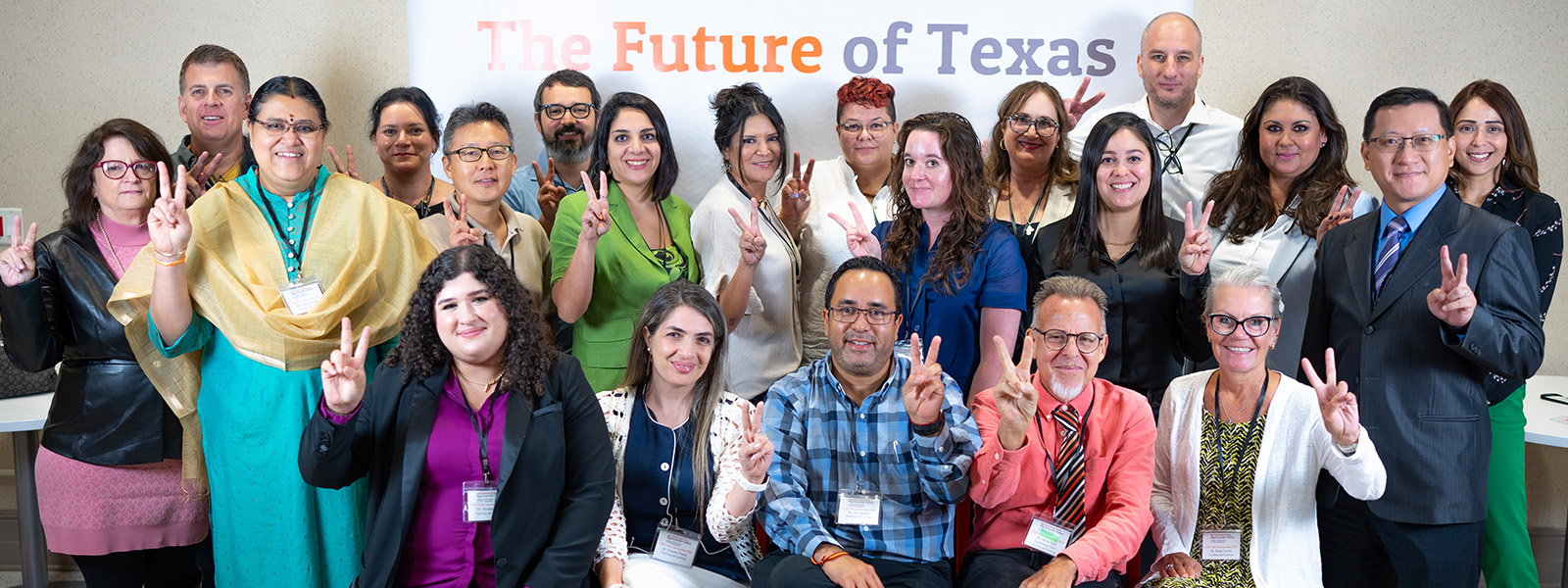
Teaching and Learning Faculty Publications and Presentations
Document Type
Article
Publication Date
10-31-2022
Abstract
This study examines the attitudes and experiences of bilingual learners across two instructional types, identifying how the language of instruction affects the context of learning, and how the experience of the learners differs. Participants included 269 predominantly Hispanic undergraduate students in a general biology course attending a Hispanic Serving Institution in a bilingual community along the US-Mexico border. A bilingual faculty member, who recognizes the sociocultural and contextual factors that affect student learning and adopts a teaching philosophy founded in Culturally Responsive Practices (CRP) and valuing students’ Funds of Knowledge taught the class. This study utilized a mixed method design including analyses of quantitative student learning outcomesa and qualitative data on students’ experiences in educational contexts. While all learners were enrolled in sections of the course in which the instructor used CRP, only half of the learners received instruction bilingually in Spanish and English, allowing a comparison of the effects of bilingual instruction. Analyses of student experiences and knowledge gained revealed significantly greater learning in the bilingual courses, compared to English monolingual sections taught by the same faculty member. Results suggest that the use of bilingual instructional approaches can lead to positive outcomes for bilingual undergraduate students. These findings can be used by educators and policy makers alike, with interest in promoting the academic and sociocultural development of bilingual undergraduate students.
Recommended Citation
Chapman, A., Weimer, A. A., Torres-Avila, M., Trejo, C., & Racelis, A. (2022). The Effects of Teaching Undergraduate Freshmen Biology Courses in Spanish and English. SN Social Sciences, 2(11), 248. https://doi.org/10.1007/s43545-022-00551-0
Creative Commons License

This work is licensed under a Creative Commons Attribution 4.0 International License.
Publication Title
SN Social Sciences
DOI
10.1007/s43545-022-00551-0


Comments
Copyright © 2022, The Author(s).
his article is licensed under a Creative Commons Attribution 4.0 International License, which permits use, sharing, adaptation, distribution and reproduction in any medium or format, as long as you give appropriate credit to the original author(s) and the source, provide a link to the Creative Commons licence, and indicate if changes were made. The images or other third party material in this article are included in the article's Creative Commons licence, unless indicated otherwise in a credit line to the material. If material is not included in the article's Creative Commons licence and your intended use is not permitted by statutory regulation or exceeds the permitted use, you will need to obtain permission directly from the copyright holder. To view a copy of this licence, visit http://creativecommons.org/licenses/by/4.0/.